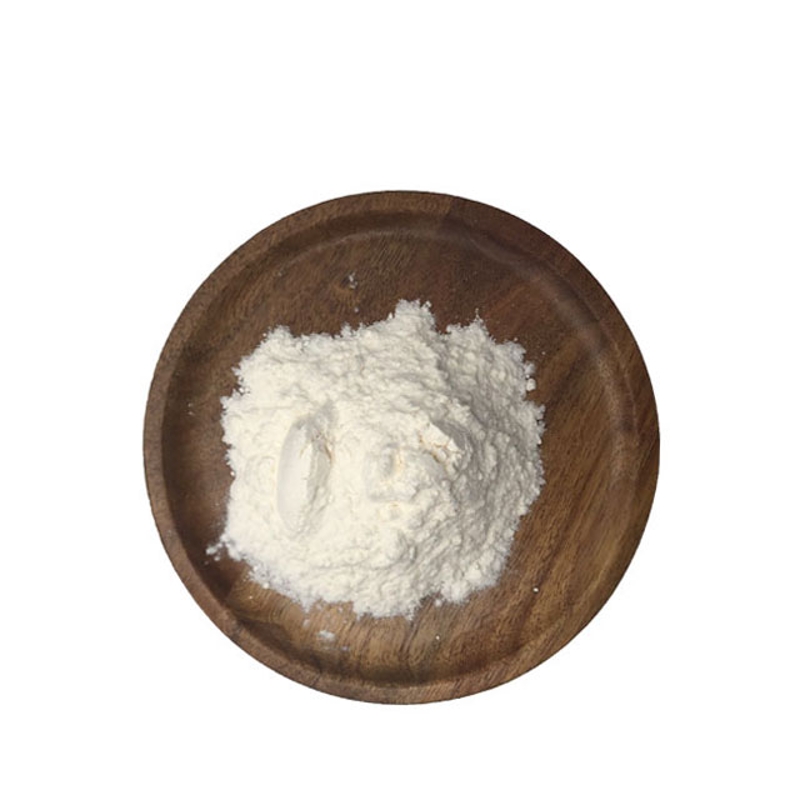-
Categories
-
Pharmaceutical Intermediates
-
Active Pharmaceutical Ingredients
-
Food Additives
- Industrial Coatings
- Agrochemicals
- Dyes and Pigments
- Surfactant
- Flavors and Fragrances
- Chemical Reagents
- Catalyst and Auxiliary
- Natural Products
- Inorganic Chemistry
-
Organic Chemistry
-
Biochemical Engineering
- Analytical Chemistry
- Cosmetic Ingredient
-
Pharmaceutical Intermediates
Promotion
ECHEMI Mall
Wholesale
Weekly Price
Exhibition
News
-
Trade Service
Veliparib dihydrochloride is an upstream product in the chemical industry, which is used as a starting material for the synthesis of downstream products.
The chemical industry is a vast and complex network of companies and products, with various interconnected processes that involve the transformation of raw materials into finished goods.
The production of Veliparib dihydrochloride, as well as many other chemicals, involves multiple stages, including the extraction of raw materials, the synthesis of intermediate products, and the production of final products.
Veliparib dihydrochloride is a synthetic chemical compound that is used in the production of various downstream products, including pharmaceuticals, agrochemicals, and other specialty chemicals.
The compound is synthesized through a series of chemical reactions that involve the use of various reagents, solvents, and equipment.
The production process can be divided into several stages, including the preparation of the raw materials, the synthesis of the intermediate products, and the purification and packaging of the final product.
The production of Veliparib dihydrochloride begins with the extraction of the raw materials, which are typically derived from natural sources, such as plants or minerals.
The raw materials are then subjected to a series of chemical reactions to produce intermediate products, such as intermediates and acids.
These intermediate products are then further transformed into the final product, Veliparib dihydrochloride, through a series of chemical reactions and purification steps.
One of the key aspects of the production process for Veliparib dihydrochloride is the use of purification techniques to remove impurities and ensure the purity of the final product.
This is critical for ensuring the effectiveness and safety of the downstream products that use Veliparib dihydrochloride as a starting material.
The purification process typically involves the use of techniques such as crystallization, distillation, and chromatography.
The production of Veliparib dihydrochloride is a complex and multipartite process that involves the collaboration of various actors in the chemical industry, including raw material suppliers, chemical manufacturers, and distributors.
The production process is also subject to various regulations and standards, such as those related to environmental protection and occupational health and safety.
In terms of its downstream products, Veliparib dihydrochloride is used as a starting material for the synthesis of various pharmaceuticals and agrochemicals.
For example, it can be used as an intermediate in the production of certain anticancer drugs, as well as in the synthesis of herbicides and insecticides.
The exact downstream products that can be produced using Veliparib dihydrochloride will depend on the specific synthesis pathway and the end-use application.
In conclusion, Veliparib dihydrochloride is an upstream product in the chemical industry that is used as a starting material for the synthesis of downstream products.
The production process for Veliparib dihydrochloride involves multiple stages, including the extraction of raw materials, the synthesis of intermediate products, and the purification and packaging of the final product.
The compound is used as a starting material in the synthesis of various pharmaceuticals and agrochemicals, and its production is subject to various regulations and standards.
Understanding the production process for Veliparib dihydrochloride and its downstream products is critical for ensuring the effectiveness and safety of these products, as well as for optimizing the production process and minimizing its environmental impact.







